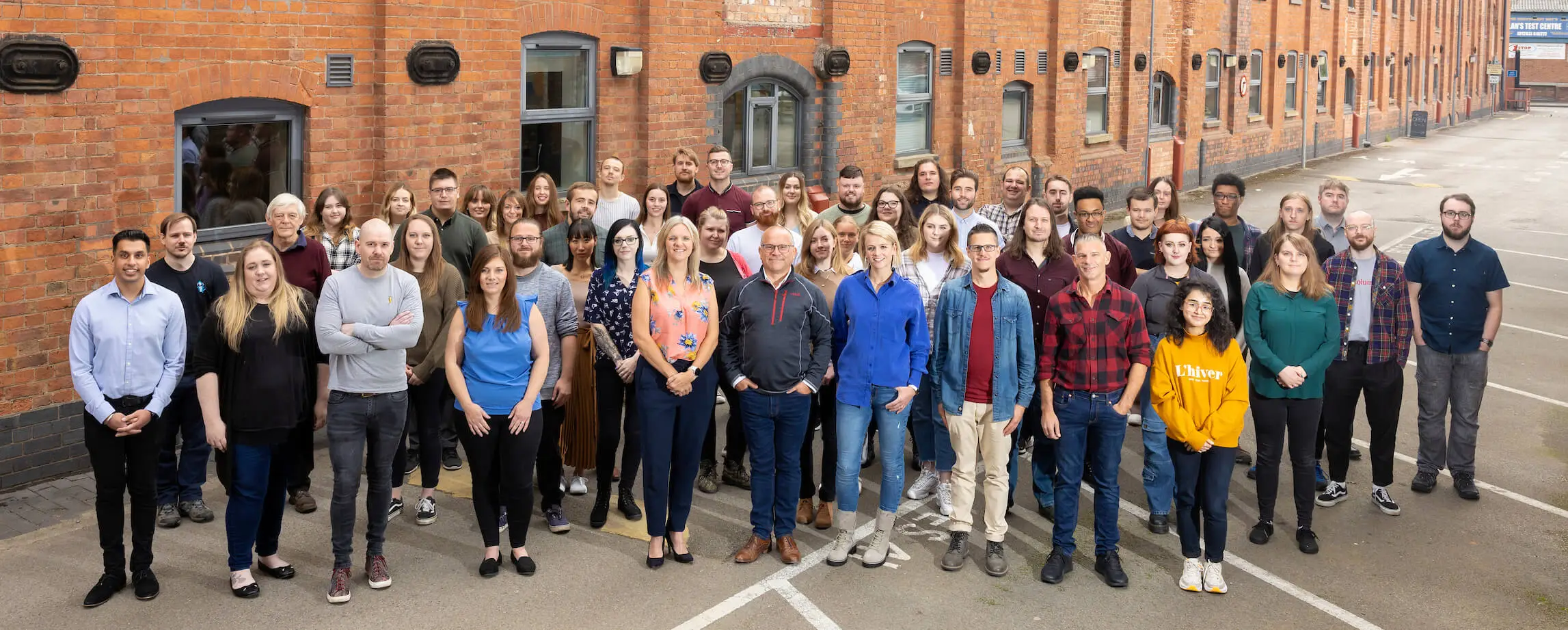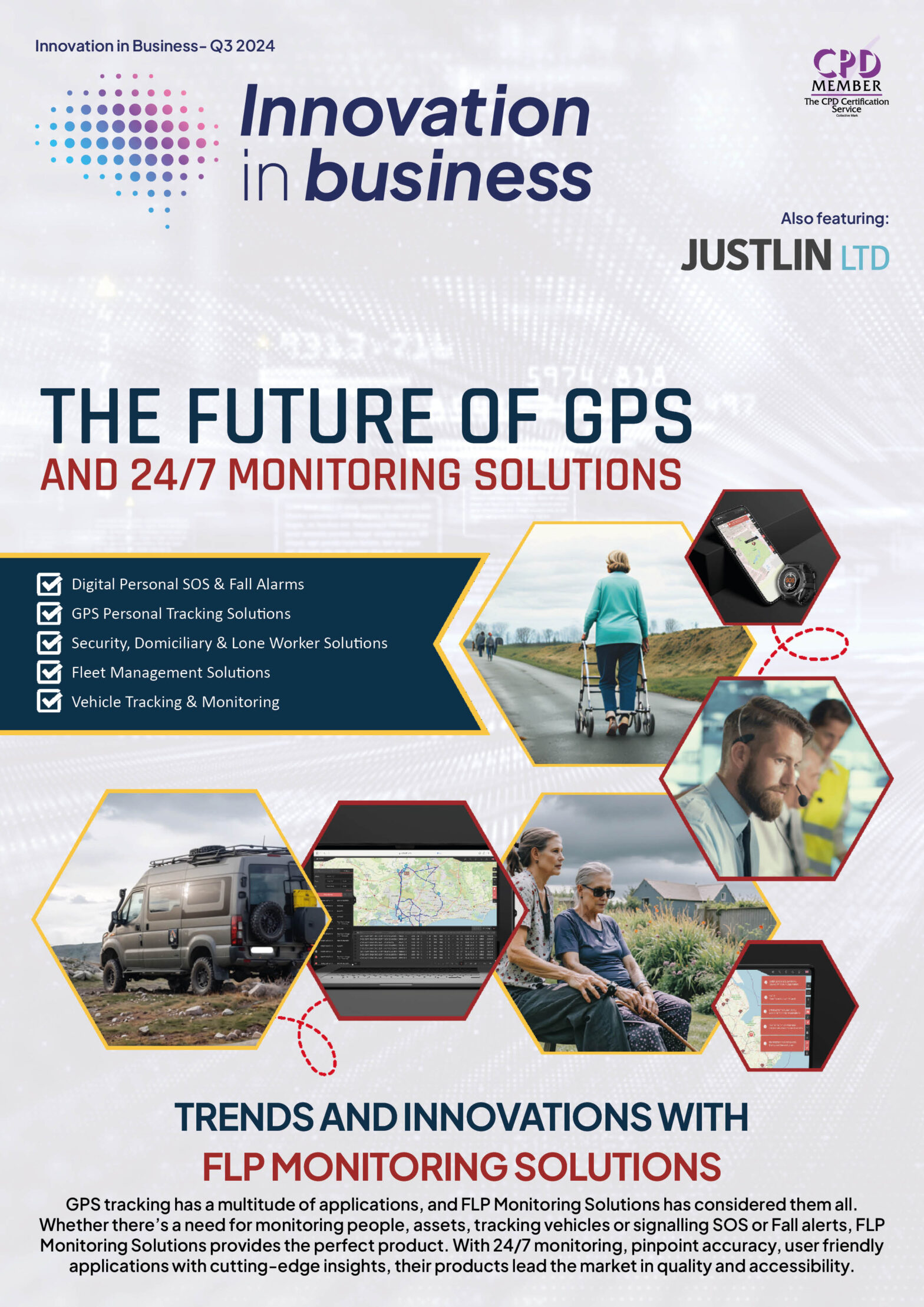
How a Digital Transformation Encourages Business Growth in the Financial Services Industry
8 January 2024

Home » Blog » How a Digital Transformation Encourages Business Growth in the Financial Services Industry
In an industry dependent on efficient data management and user-friendly interfaces, the financial industry should prioritise digital transformation. Technology, systems, and software that were effective a decade ago are no longer able to support the demands that online transactions require.
And with only one-fifth of IT budgets allocated to digitalisation, with no dedicated digital transformation budget, most financial organisations won’t have the right level of investment to see a real difference.
Chris Weston, CDIO at Jumar, says: “Focusing on your technology and systems and partnering with a trusted end-to-end provider could speed up processes, giving more time for your staff to do what they love, and even encourage skilled jobseekers.
In a sector where data protection is essential, ensuring you aren’t spending time fixing problems caused by inadequate systems is important. Undergoing a digital transformation can improve operations to align with your business needs, ensuring your customers and clients aren’t being left wanting. For financial organisations, digital transformation is no longer merely an option , but a necessity, especially if you want to keep up with industry standards and your competition.”
Human-centric approaches
Business growth cannot happen in the financial sector if the infrastructure isn’t in place to support users. By focusing on developing your technology and systems, you can enhance the accessibility of your financial services and more effectively appeal to the general public. Attracting a wider audience is essential for business growth as it can encourage them away from your competitors, giving you the edge.
Adopting a human-centric approach is essential for banking as financial services rely heavily on user input and interaction. Through a digital transformation, you can adopt a more human-centric approach, making your websites, systems, and processes more user-friendly.
The digital divide is a real issue which affects many across the UK. Digital exclusion is inextricably linked to broader societal inequalities; isolating those on lower incomes or limited technological access might mean excluding the very customers you’re seeking to assist.
It is crucial to modernise your systems so that they are user-friendly, including improving accessibility, creating a user interface that is easily navigable, and making sure there is adequate information and educational resources for users to readily access your services.
Chris says: “A digital transformation isn’t simply about upgrading your technology, but it can be a great tool to open accessibility to your services and products. By investing in a digital transformation with a human-centric approach, you can ensure that your user interfaces are accessible to your customers, resources are available to educate new customers, and even draw customers away from competitors with overly complex systems. The financial sector relies heavily on your customer involvement, so your technology should work for a wide audience.”
Personalisation
Chris continues: “Another way the financial sector can open itself up through digital transformation is by providing personalised messaging. Given its customer-centric nature, it is important that you’re able to communicate efficiently with diverse audiences. This involves ensuring the availability of pertinent information for various people.”
With the advancements of technologies such as AI, the potential for tailoring your messaging and resources to cater to each audience you engage with is much improved. Whether you’re reaching out to marginalised groups, people with disabilities, or low-income families, it is important you’re making your content and resources as accessible as possible.
AI can be pivotal in collecting and processing data, including demographics, socioeconomic factors, and user preferences, to create a personalised user experience. This can also be maintained and refined as the users engage with your platform, providing essential information and tailored service recommendations.
Automating manual processes
One problem which might be holding your business back from growing is the time spent on manual processes that have the potential to be automated. By manually performing these tasks, your staff have less time to provide vital financial aid, advice, or services, potentially resulting in prolonged waiting times, or even lost or delayed transactions.
The efficient delivery of services is essential and so ensuring your technology isn’t preventing you from providing to your customers is key.
Chris says: “A digital transformation isn’t only about improving your customer’s experiences through more accessible resources, but it also ensures your staff have more time to assist with queries and provide their services. By implementing AI to perform manual administrative tasks, productivity can be improved and delays can be reduced. In an industry where fast transactions are paramount, ensuring that your users receive the services they need can help customer loyalty and prevent them from moving to a faster, more efficient, competitor.”
Data protection
Not only should your service offerings be designed with a customer-centric approach, but you can expect the data you collect to be key indicators for understanding your customers – giving you an insight into their needs, requirements, and even trends in financial gain or debt. Ensuring your system infrastructure is developed to manage sensitive information securely, and to visualise the data with your customer’s needs in mind, can enable you to make evidence-based decisions about the services you offer.
Automated processes can lead to fewer errors. Human error is a considerable challenge for many organisations, and when it comes to financial services, it could mean violating your customer’s privacy if the integrity and safety of your data aren’t properly maintained. Ensuring you’re updating legacy systems can assist in keeping your customers’ data secure and accurate. This also improves your ability to analyse and visualise data, meaning that you can target prospective customers from trends identified in your historical data.
Chris says: “A benefit of digital transformation is the ability to conduct insightful data analysis . Through your data, you can identify high-risk areas susceptible to debt or delayed payments. You can also identify affluent audience segments for targeted marketing and personalised service offerings to attractnew customers to your business.”
Attract jobseekers
The financial sector requires high-skilled recruits, but finding candidates that fit the requirements can be a struggle. From fluctuating vacancies to increased workload pressure, retaining and attaining staff, and attracting job seekers with the right technological experience, is important for the best outcomes for your services.
Not only can a poor digital profile make it more difficult for established workers to perform their jobs, but it can also be off-putting for a younger workforce to join. Skilled talent acquisition can be achieved through a digital transformation as workers require high-performing technology to prevent delays in their work. Making sure your organisation removes inefficient systems and provides accessible hardware and software is crucial.
Chris continues: “Bringing in new highly skilled workers requires having the right systems in place. No skilled worker wants to come into a workplace notorious for difficult system handling. Growing your business requires a strong workforce who are supported by systems and processes which work well for them. Ensuring you have the right digital infrastructure to support your employees is key to seeing the great work they can do without disruption.”
The financial sector relies on technology now more than ever, with faster transactions and cashless payment solutions becoming main methods of payment. But if your digital infrastructure is inaccessible to your customers and staff, you will experience a breakdown in the services you can provide. By modernising your systems and technologies, you will be better able to offer tailored services, reach the right audiences, and secure data effectively – helping to grow your business and achieve a competitive edge.
You might also like

Technology
25 March 2025
Ransomware-As-A-Service Variants on the Rise With Critical Infrastructure Providers at the Greatest Risk

Business Advice
25 March 2025
Claims Processing Automation: How Insurers Can Cut Costs and Improve CX

Technology
18 March 2025
Secret Signs Your Internet Security Has Been Compromised






















